Revisit Python Fundamentals
Learning Path ⋅ Skills: Python, Variables, Data Types, REPL, Operators, Expressions, Exceptions, Comments, Keywords, IDLE, String Conversion

Refresh and solidify your Python knowledge with this learning path. Dive into essential topics such as variables, data types, operators, exceptions, and more. Begin your Python mastery today!
Revisit Python Fundamentals
Learning Path ⋅ 11 Resources

Tutorial
What Can I Do With Python?
In this tutorial, you'll find a set of guidelines that will help you start applying your Python skills to real-world problems. By the end of your reading, you'll be able to answer the question "What can I do with Python?"

Tutorial
Interacting With Python
In this tutorial, you'll explore the various ways of interacting with Python. You'll learn about the REPL for quick testing and running scripts, as well as how to work with IDEs, Jupyter Notebooks, and online interpreters.
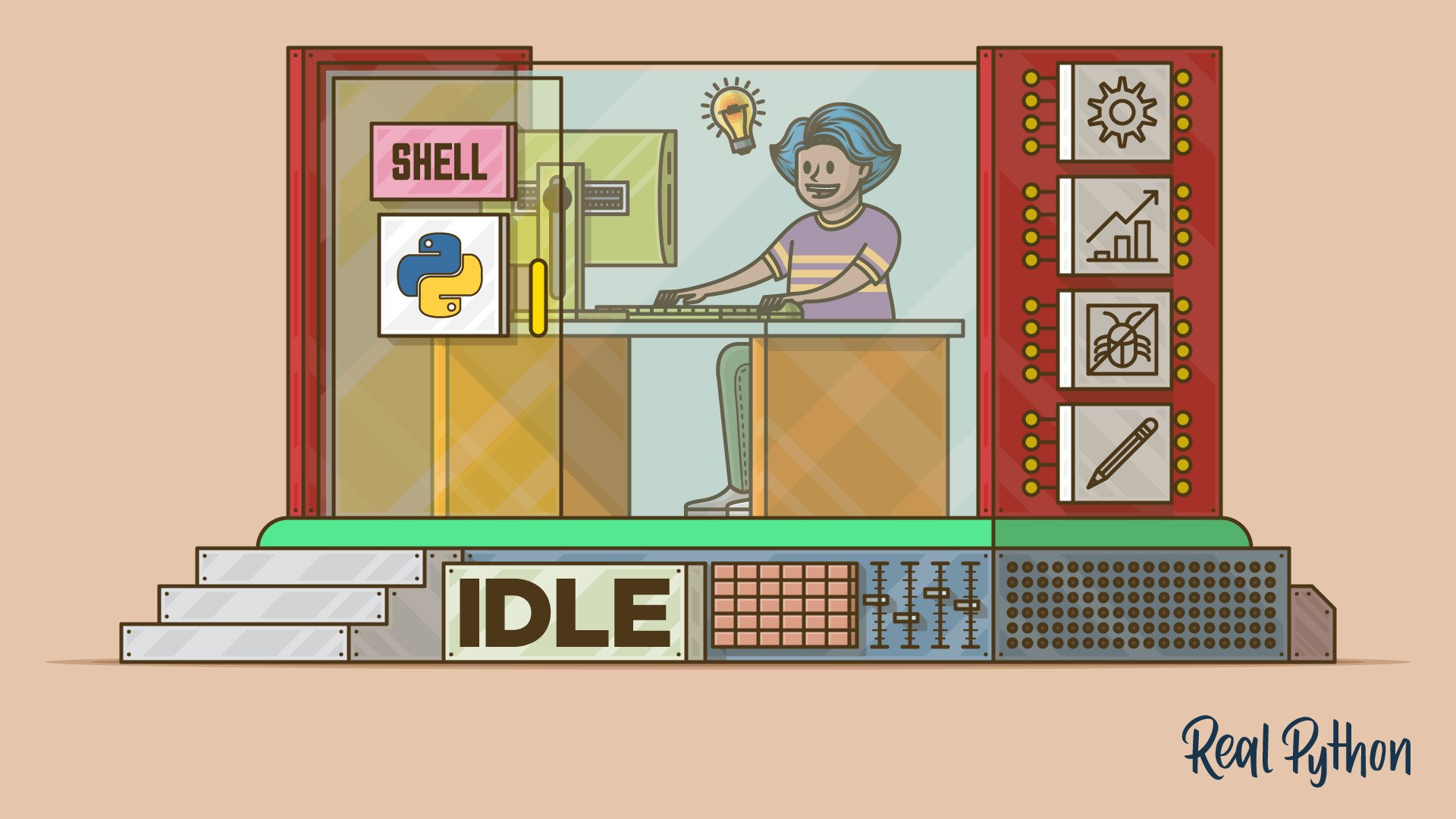
Course
Starting With Python IDLE
Learn how to use the development environment included with your Python installation. Python IDLE is a small program that packs a big punch! You'll learn how to use Python IDLE to interact with Python directly, work with Python files, and improve your development workflow.
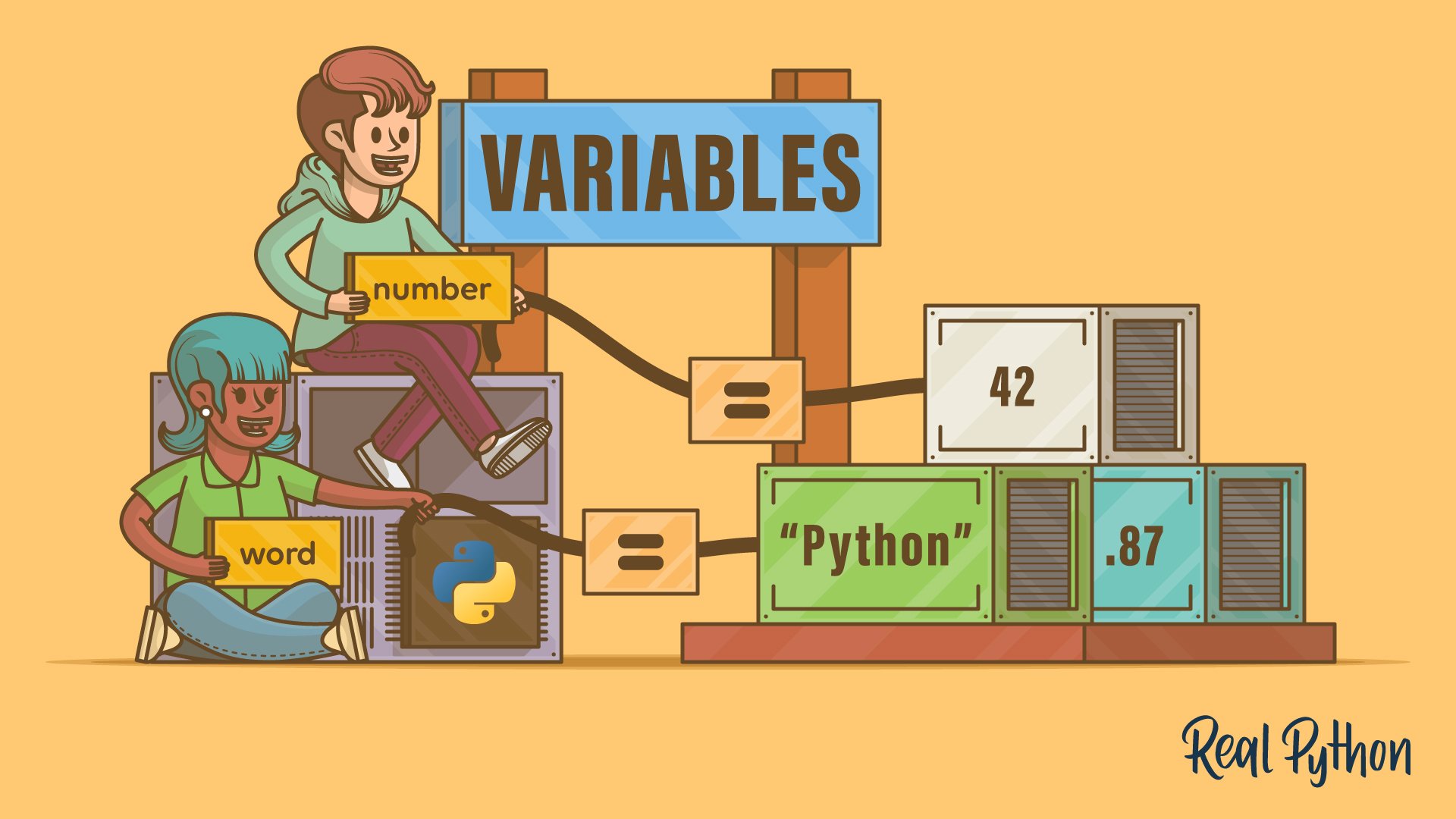
Course
Variables in Python
Learn how every item of data in a Python program can be described by the abstract term "object," and how to manipulate objects using symbolic names called "variables."

Interactive Quiz
Variables in Python: Usage and Best Practices
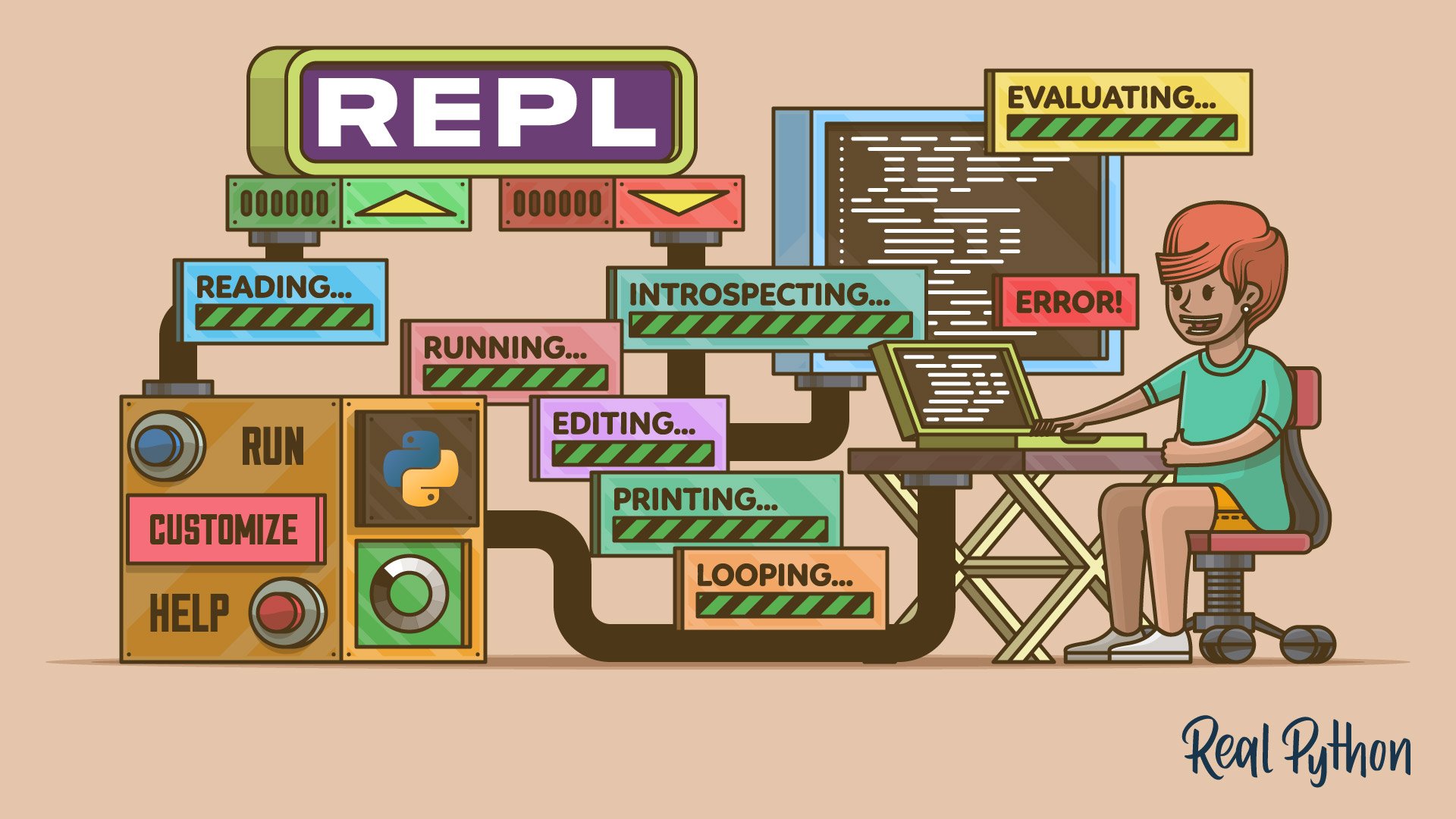
Course
Getting the Most Out of the Python Standard REPL
Learn how to use the Python standard REPL (Read-Eval-Print Loop) to run your code interactively. This tool will allow you to test new ideas, explore and experiment with new tools and libraries, refactor and debug your code, try out examples, and more.

Course
Exploring Basic Data Types in Python
Learn the basic data types that are built into Python, like numbers, strings, and Booleans. You'll also get an overview of Python's built-in functions.

Interactive Quiz
Basic Data Types in Python: A Quick Exploration
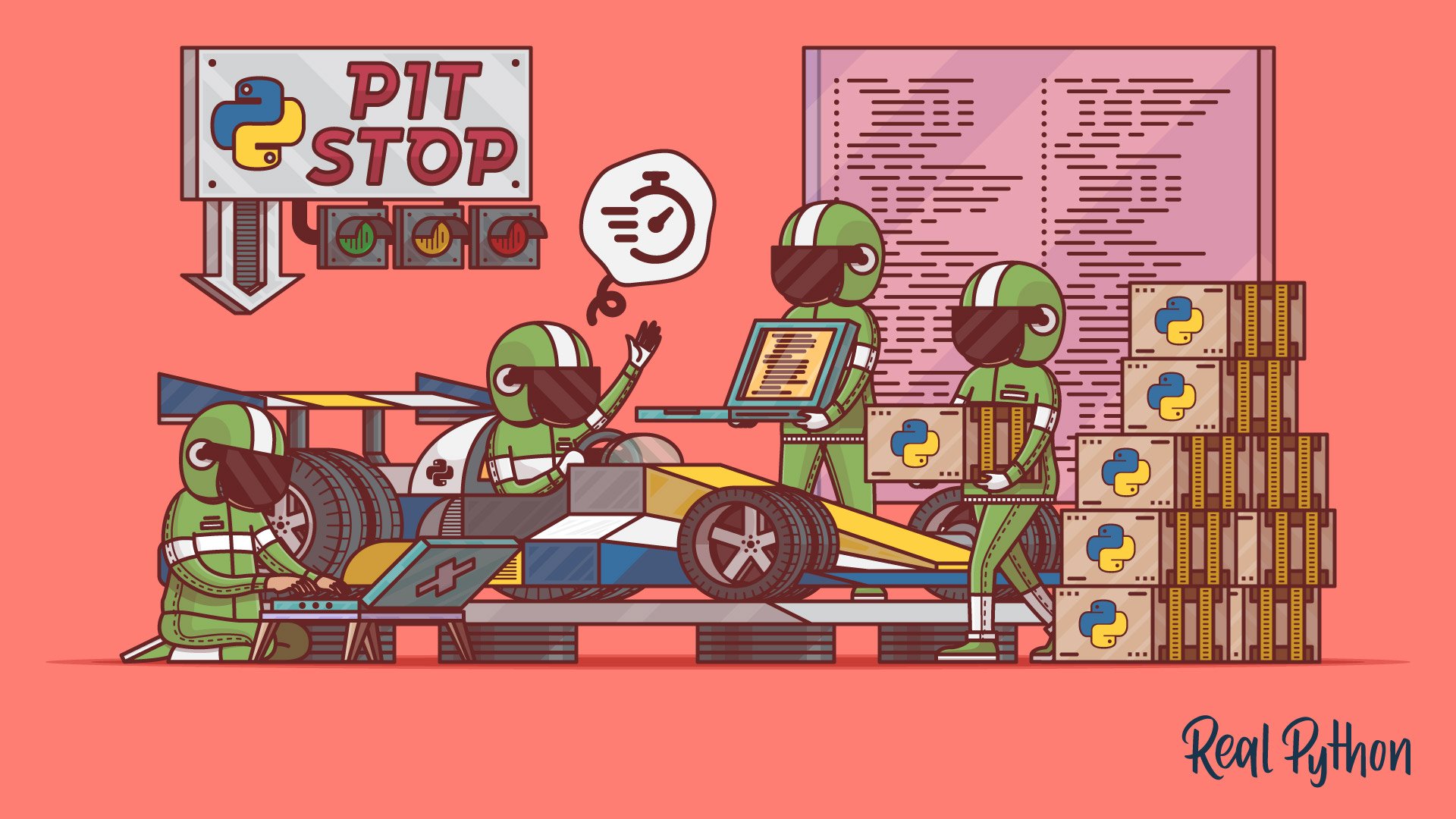
Course
Convert a Python String to int
There are several ways to represent integers in Python. In this quick and practical course, you'll learn how you can store integers using int and str as well as how you can convert a Python string to an int and vice versa.
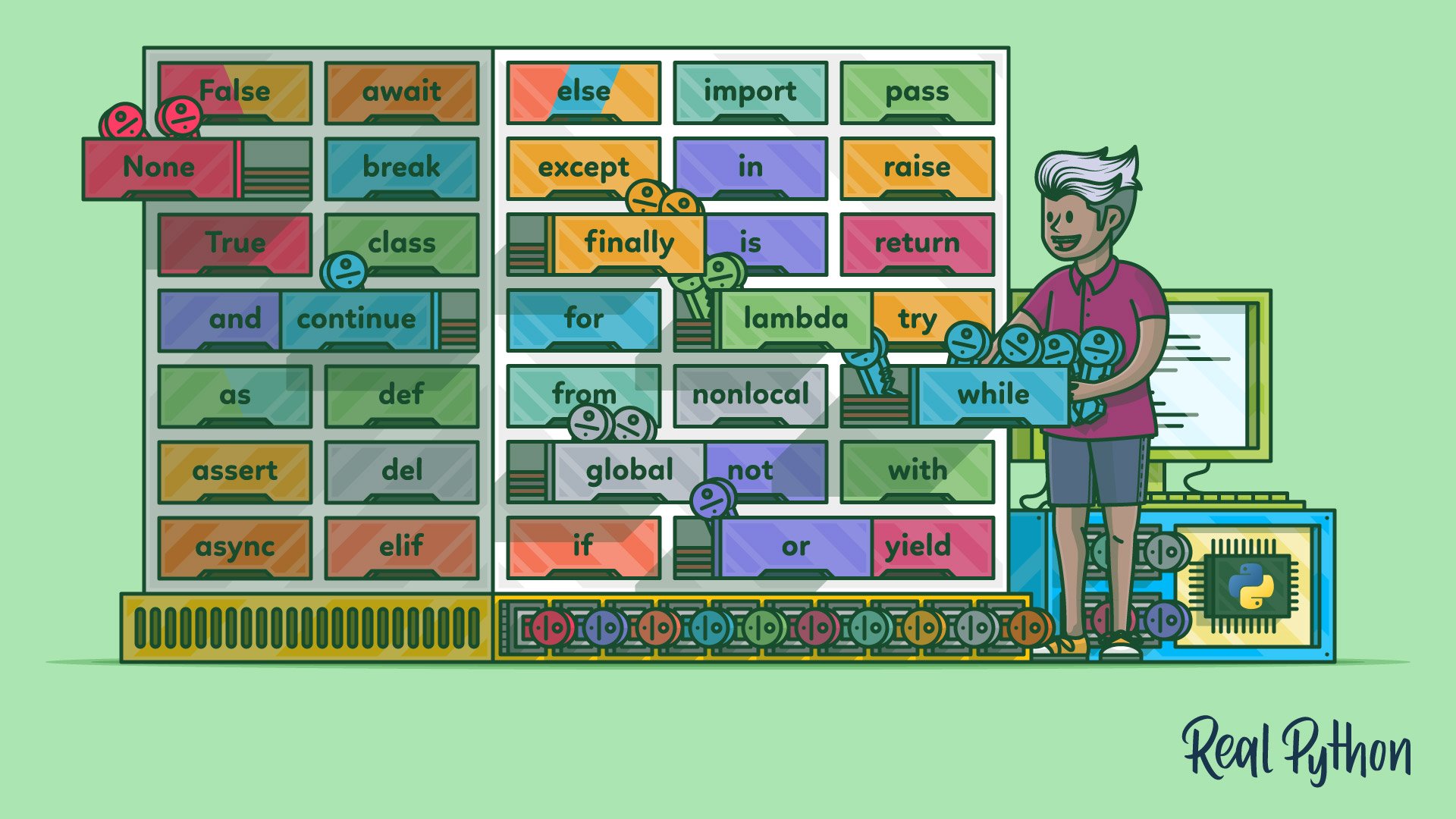
Course
Exploring Keywords in Python
Python keywords make up the fundamental building blocks of any Python program. In this video course, you'll learn the basic syntax and usage for each of Python's thirty-five keywords so you can write more efficient and readable code.

Tutorial
Operators and Expressions in Python
In Python, operators are special symbols, combinations of symbols, or keywords that designate some type of computation. You can combine objects and operators to build expressions that perform the actual computation. So, operators are the building blocks of expressions.

Interactive Quiz
Python Operators and Expressions

Course
Introduction to Python Exceptions
Learn what exceptions are good for in Python. You'll see how to raise exceptions and how to handle them with "try/except" blocks.

Interactive Quiz
Python Exceptions: An Introduction
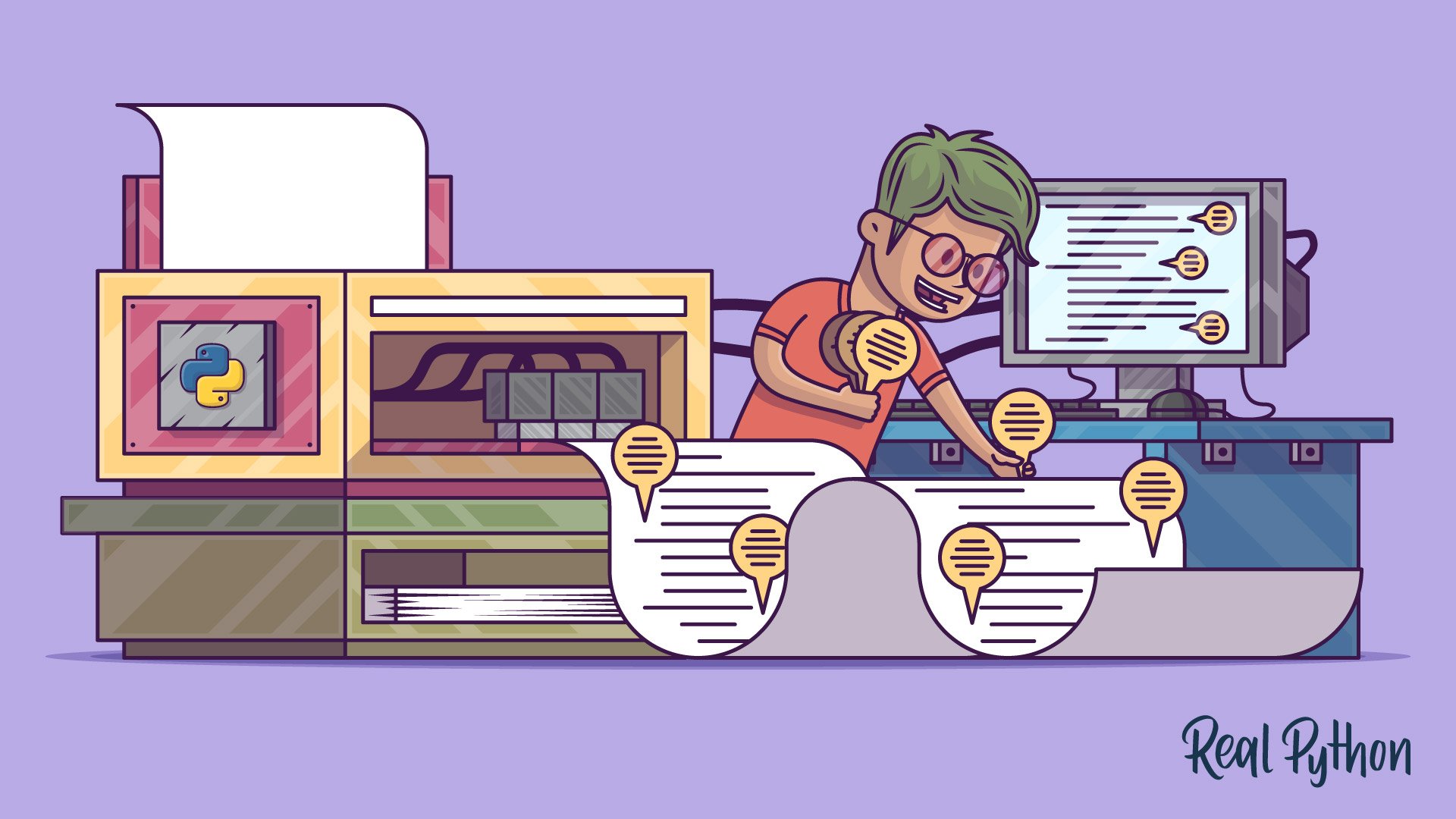
Course
Writing Comments in Python
Learn how to write Python comments that are clean, concise, and useful. Quickly get up to speed on what the best practices are, which types of comments it's best to avoid, and how you can practice writing cleaner comments.
Got feedback on this learning path?
Looking for real-time conversation? Visit the Real Python Community Chat or join the next “Office Hours” Live Q&A Session. Happy Pythoning!